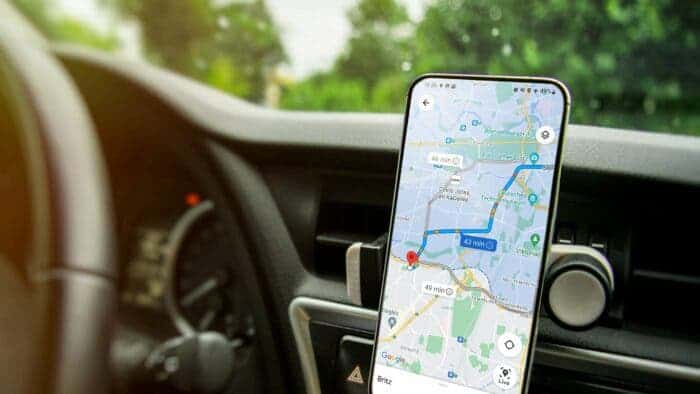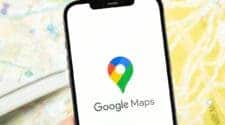Ever wondered how your phone always seems to know where you are, guiding you through unfamiliar streets or tracking your daily runs? The answer lies in a sophisticated technology called Global Positioning System (GPS). This network of satellites orbiting Earth has become an essential part of our lives, silently guiding us in countless ways. But how does this seemingly magical system actually work? Let’s embark on a journey to understand the fascinating world of GPS technology.
From Military Origins to Everyday Use: A Historical Voyage
The story of GPS begins in the 1970s when the US military sought a navigation system independent of ground-based infrastructure. Imagine a world before GPS, where navigating relied solely on maps, compasses, and dead reckoning – a method prone to errors and limitations. This innovative system aimed to provide soldiers with precise location information, ensuring accurate movement and communication during critical missions.
Over the following decades, GPS underwent continuous development, incorporating more satellites and advanced technologies. Finally, in 1995, the system became fully operational, marking a significant turning point. This groundbreaking technology wasn’t just for military use anymore. Its potential for civilian applications was recognized, paving the way for a revolution in various industries.
How GPS Works: A Network of Satellites and Clever Calculations
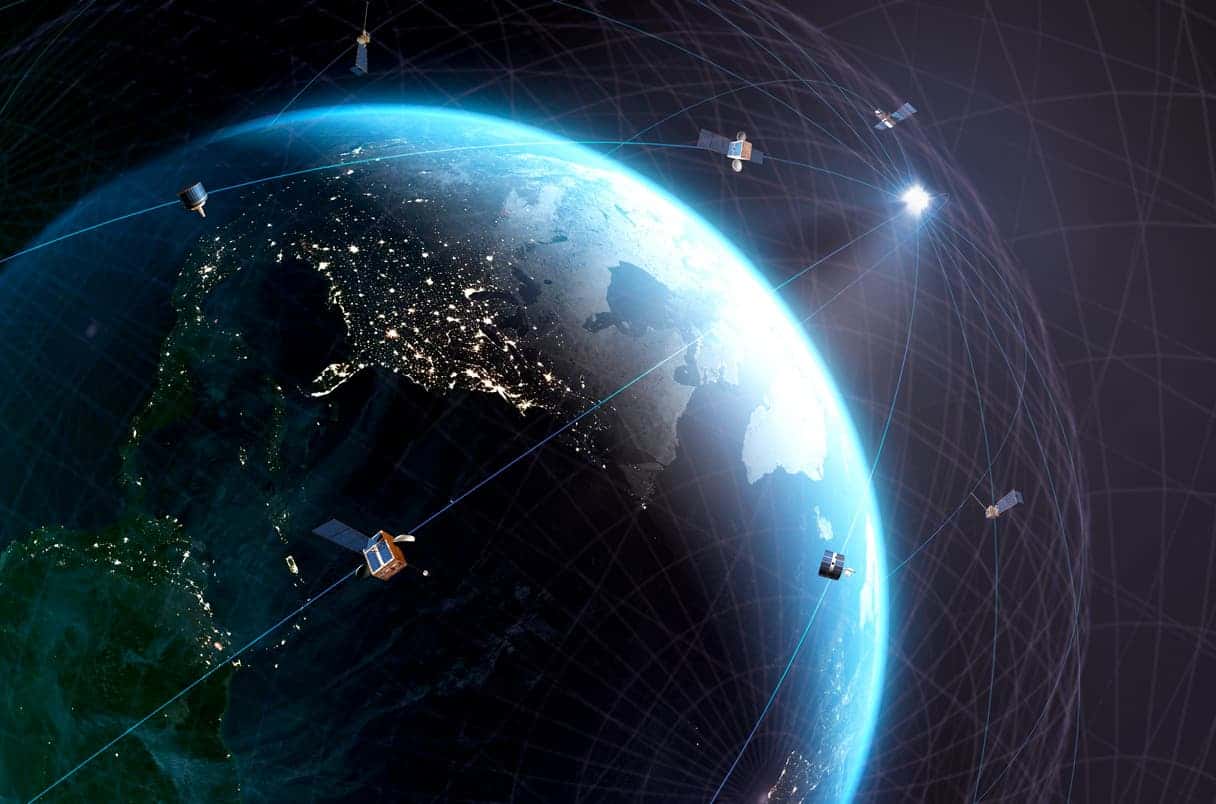
So, how does this marvel of modern technology actually work? At the heart of GPS lies a network of meticulously positioned satellites constantly circling Earth. These aren’t your average satellites passively orbiting the planet; they actively transmit signals containing two crucial pieces of information: their precise location and the exact time the signal is sent.
Now, let’s shift our focus from the vast expanse of space down to your pocket. Your smartphone, fitness tracker, or any GPS-enabled device has a built-in receiver, acting like a miniature ground station. This receiver is constantly “listening” for and picking up signals from multiple satellites – ideally four or more for optimal accuracy.
The magic happens when the receiver uses these received signals. Remember the two pieces of information each signal carries: location and time? The receiver uses them to calculate the distance between itself and each satellite. How? It employs a clever trick based on the fundamental principle that radio waves travel at a constant speed. By measuring the time it takes for a signal to travel from a satellite to the receiver, the distance can be calculated using the formula: distance = speed of light x time.
However, simply knowing the distance to each satellite isn’t enough to pinpoint your location. This is where the concept of triangulation comes into play. Imagine drawing a sphere around each satellite, with the calculated distance as the radius. The intersection of these spheres, ideally from at least four satellites, signifies your position on Earth. The more satellites involved in this process, the higher the accuracy of your location data.
Beyond Maps and Navigation: The Diverse Applications of GPS 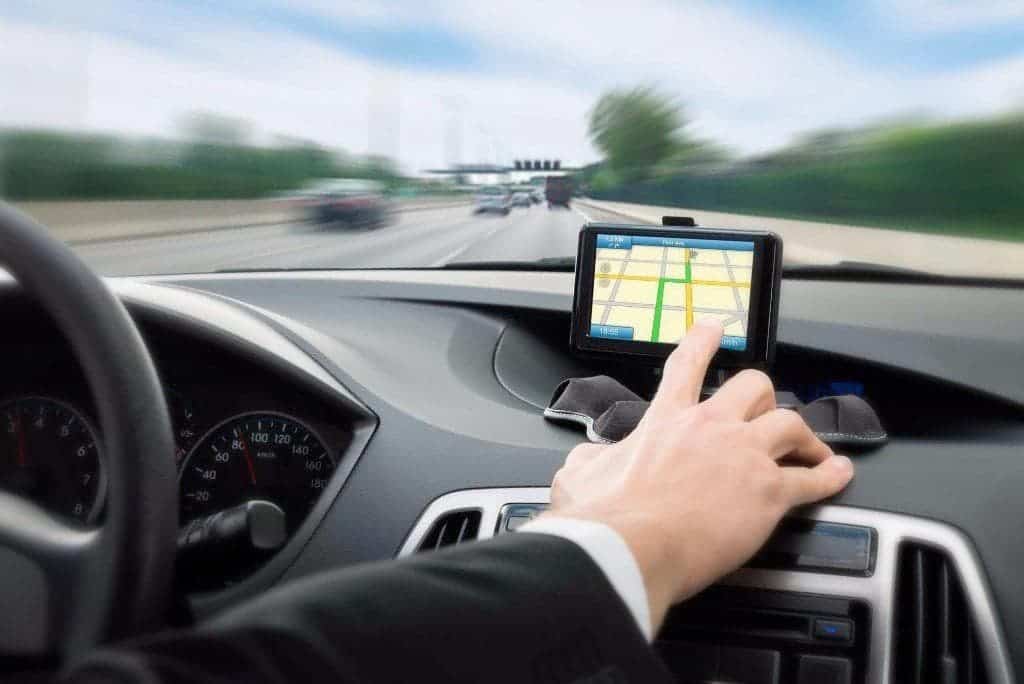
While navigation is perhaps the most well-known application of GPS, its influence extends far beyond mapping apps and car dashboards. Here are some fascinating examples of how this technology is transforming various sectors:
- Transportation: Ride-sharing services like Uber and Lyft rely heavily on GPS to connect passengers with drivers and navigate efficiently through city streets. Logistics companies utilize GPS tracking systems to monitor their fleet, optimize delivery routes, and ensure timely product deliveries.
- Emergency Services: Seconds matter in critical situations. GPS plays a crucial role in emergency response, allowing first responders to quickly locate individuals in distress, whether it’s a lost hiker in the wilderness or a medical emergency at home.
- Mapping and Surveying: Creating highly accurate maps and geographic data is fundamental in various fields, from urban planning and construction to environmental monitoring and disaster relief. GPS technology significantly enhances the precision and efficiency of these processes.
- Precision Agriculture: The agricultural sector is experiencing a transformation with the integration of GPS. Farmers are leveraging this technology for precision agriculture practices. They can map their fields, track soil conditions, and optimize planting, irrigation, and harvesting procedures, resulting in increased efficiency and sustainability.
The Future of GPS: Continuous Evolution and Emerging Possibilities 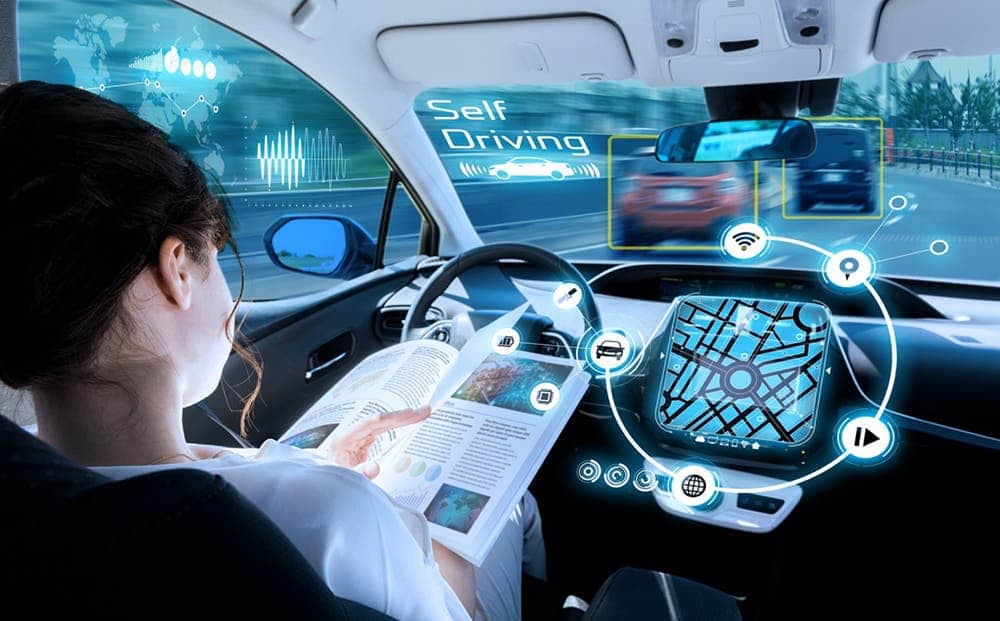
The story of GPS doesn’t end here. The technology is constantly evolving, with advancements in satellite constellations, signal processing techniques, and integration with other technologies like artificial intelligence. Here are some exciting possibilities on the horizon:
- Enhanced Accuracy and Reliability: Continuously improving satellite technologies and signal processing algorithms are expected to further enhance the accuracy and reliability of GPS positioning data, enabling even more precise applications.
- Integration with Emerging Technologies: The convergence of GPS with other innovative technologies like artificial intelligence and augmented reality promises exciting possibilities. Imagine receiving personalized and context-aware navigation instructions overlaid on your real-world view or utilizing AI-powered location-based services tailored to your specific needs.
Conclusion: A World Transformed by Location Awareness
From its military origins to its widespread civilian use, GPS has revolutionized the way we navigate, track, and interact with the world around us. This technology has woven itself into the fabric of our daily lives, impacting everything from how we get directions to how we manage resources. Whether it’s guiding us on a weekend hike, helping us find a lost pet, or enabling real-time emergency response, GPS plays a vital role in keeping us safe, informed, and connected. As the technology continues to evolve and integrate with other advancements, we can expect even more innovative applications that will further shape the future of location-based services.

